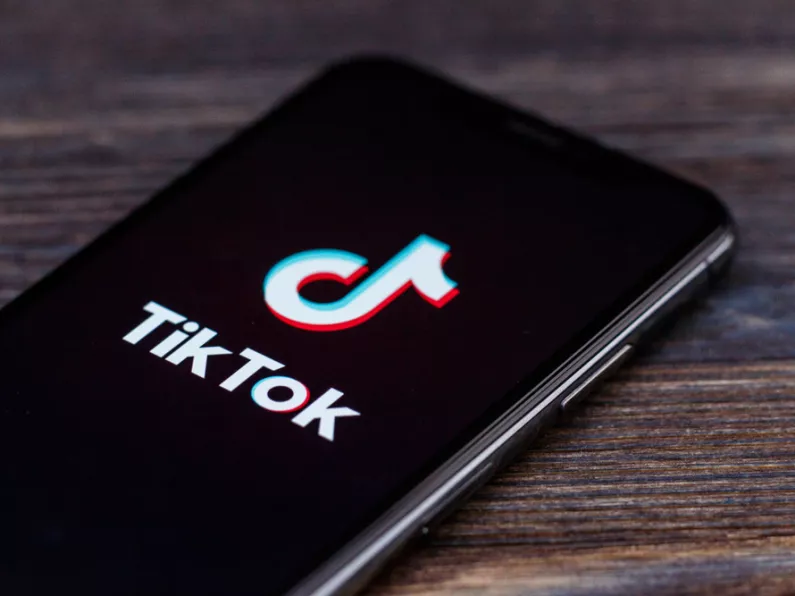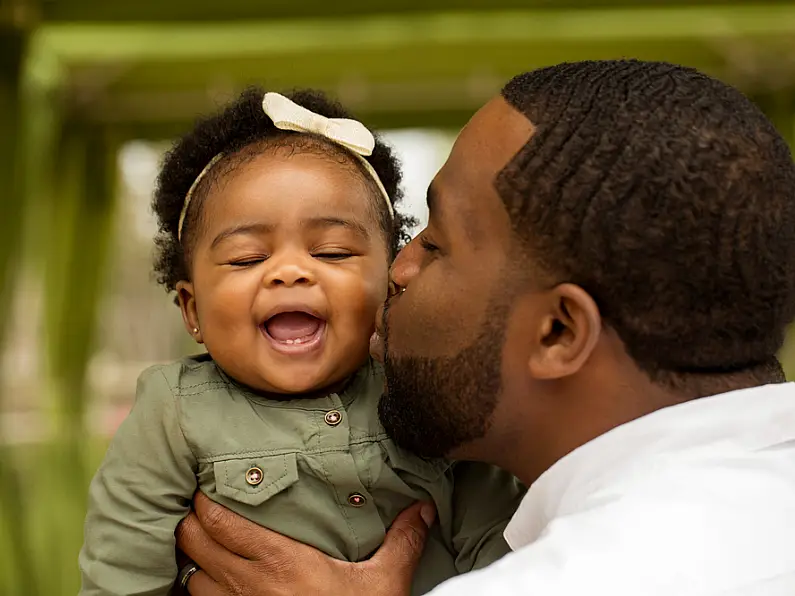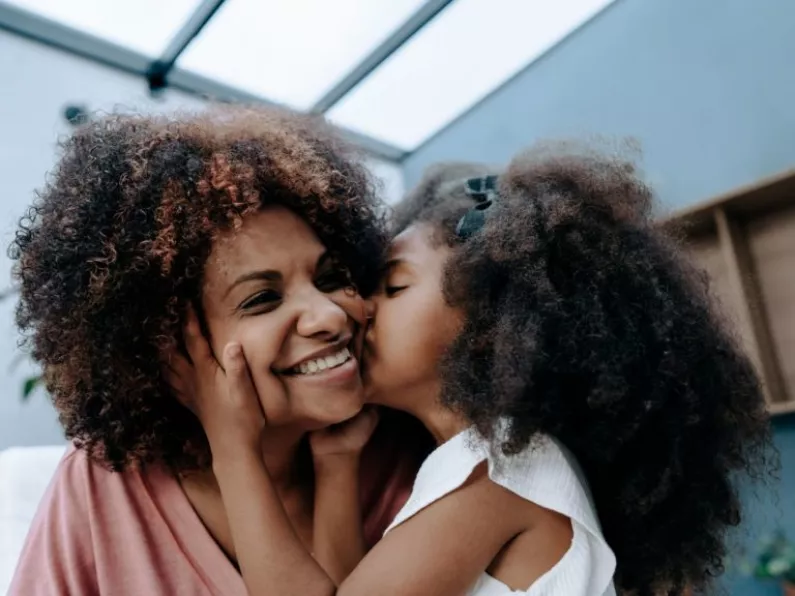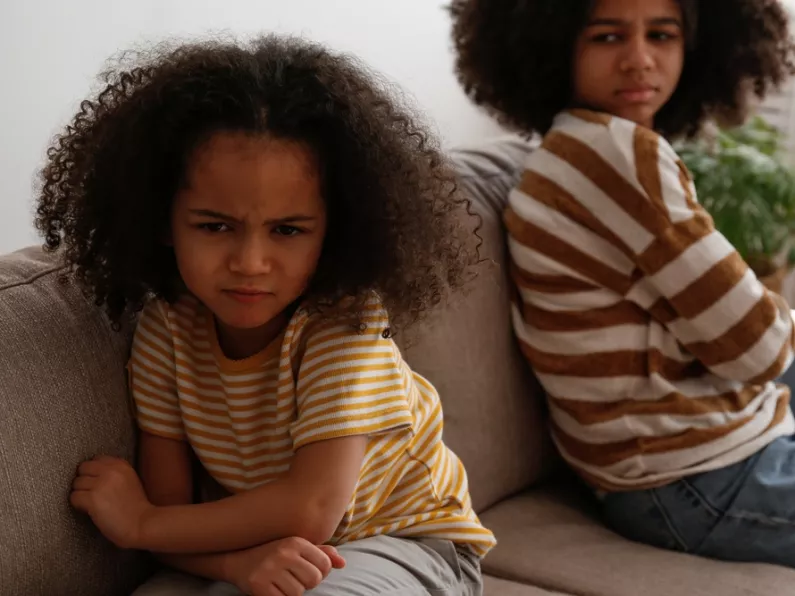Popular social media app, TikTok will limit teenage users to 60 minutes of screen time per day as part of a range of new wellbeing features.
In the coming weeks, any TikTok account that belongs to a user under the age of 18 will automatically be set to a one-hour daily limit.
This is not an opt-in setting, it will be the default for accounts of that age, TikTok has announced.
"While there's no collectively-endorsed position on the 'right' amount of screen time or even the impact of screen time more broadly, we consulted the current academic research and experts from the Digital Wellness Lab at Boston Children's Hospital in choosing this limit," Cormac Keenan, the head of trust and safety for TikTok, said.
TikTok limiting teen users to one hour as part of wellbeing controls
One drawback is that it isn't a fixed setting, so users can choose to disable the limit.
In that case, teens who use TikTok for more than 100 minutes per day will be prompted to set a daily screen time limit for themselves.
Parents should also be aware that if a teen reaches the 60-minute limit, they will get a passcode prompt which they will need to enter to continue watching - a way of forcing them to make an "active decision" to extend that time, TikTok said.
But you can control this as a parent if Family Pairing is enabled.
Family Pairing is a setting that links a child's account to their parent's, and allows a parent to set screen time, restrict some content, and place restrictions on who the child can message on the app.
Restrictions
For a family where the setting is in place, any adjustment to screen time limits must be made by the parent account.
Currently, accounts for users aged 13-15 won't get notifications from the app after 9pm, and ages 16-17 won't see notifications from 10pm.
By using Family Pairing, parents can change this time as they see fit.
Every single user of TikTok will now be able to set screen time limits per day of the week, and disable notifications on a schedule.









